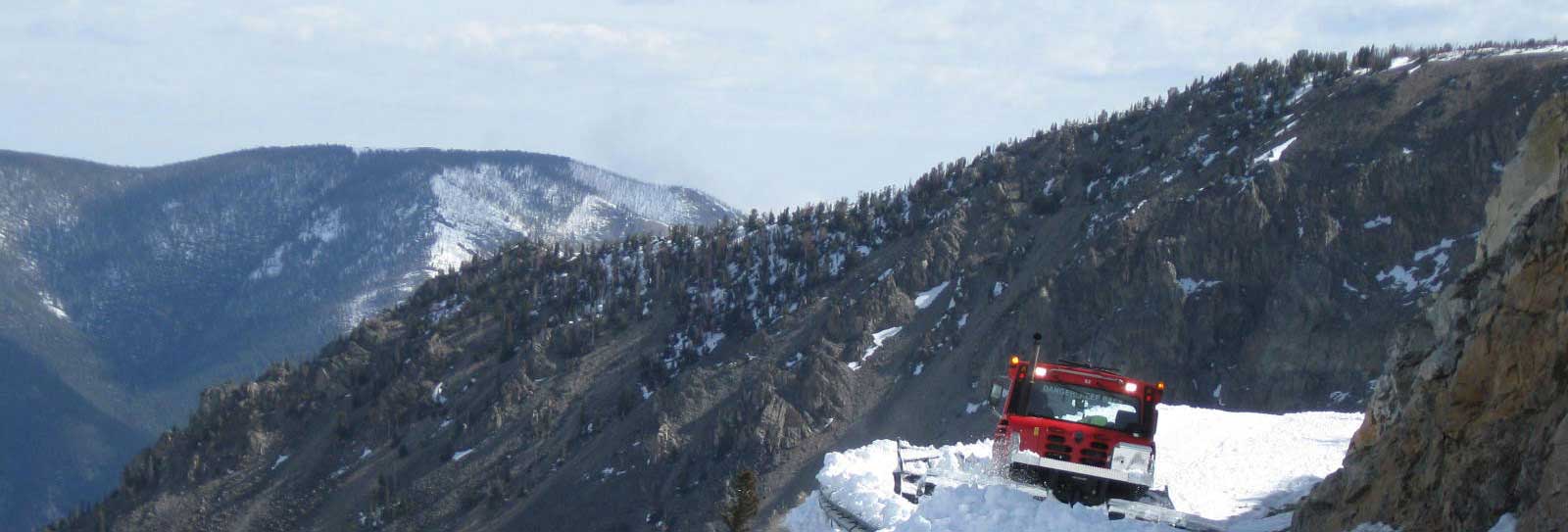
What is the purpose of the study?
The purpose of the study is to determine the feasibility of replacing the existing Sixmile Creek culvert with a pair of interstate bridges. The study will advance preliminary engineering and develop cost estimates for two alternative bridge concepts. The goal of the study is to identify cost-effective solutions to improving wildlife crossing and reducing animal-vehicle collisions in the study area.
Why is this study focusing on the Sixmile Creek area?
For decades, public agencies, conservation organizations, and citizens have voiced concern for drivers’ safety and safe wildlife passage across I-90 in the Ninemile/Sixmile region west of Missoula. This area is a priority location to improve human safety, wildlife movement, and fish passage needs.
Why is the Sixmile Creek Crossing area significant?
This region is a key linkage area for wildlife between the Ninemile Valley and the Bitterroot Range due to the broad creek corridors and more gentle terrain, providing wildlife an opportunity to approach the I-90 corridor from multiple directions through a network of protected lands. I-90 within the study area has an above average rate of wildlife-vehicle collisions. A wildlife undercrossing opportunity in conjunction with exclusion fencing to guide animals to the undercrossing and preclude them from entering the highway corridor can enhance the safety of the traveling public, reduce animal-vehicle collisions, and improve regional wildlife connectivity.
Who is paying for this study?
This study is being funded by MDT and USDOT through the Montana Wildlife Transportation Partnership Project Program.
Montana Wildlife & Transportation Partnership | Montana Department of Transportation (MDT)
Who are the key stakeholders involved in the project?
The feasibility study will be developed in close coordination with the Missoula Regional Connectivity Group (MRCG), a coalition of state and federal resource agencies, nonprofits, and individuals working together to address issues related to wildlife connectivity and road crossings in western Montana. Additional stakeholders may include residents of the area and/or landowners adjacent to the study area. Stakeholders will be identified as the project progresses.
